Course Objective
The objective of this course is to introduce the student computational methods required by engineers, mathematicians, physicists and economists to explore complex systems. Mathematical models developed to explore complex systems can be rarely “solvable” algebraically and hence computational methods have been developed. This course introduces such methods that range from techniques for system of linear equations, nonlinear equations, approximation of functions, interpolation, clustering, least square data fitting and classification, differentiation and integration. More emphasis will be put on applied linear algebra topics which are prerequisite for Artificial Intelligence, Machine Learning, and other advanced courses. We will make use of Matlab programming to implement and analyze the methods.
Course Information
| Topics | Readings | # of lectures |
|---|---|---|
| Approximation errors and approximating single variable functions | ||
| Floating point number system and error in number representation, review of derivatives, Taylor Series, finding optima of single variable functions | Ch 3, 4 NME | 1 |
| Finding roots of single variable functions – Bisection, Secant and Newton-Raphson Method | Ch 5, 6 NME | 1 |
| Vectors and Matrices | ||
| Vectors – review of vector notation, vector operations, linear and affine multivariable functions, complex vectors, complexity of vector computations, applications: vector representation of data (e.g., images, documents, timeseries, features), vector representation of linear and affine functions (e.g., regression, Linear (Taylor) approximation of multivariable function functions) |
Ch 1,2 VMLS | 2 |
| Norms and distances – Euclidean norm and distances, properties (Cauchy-Schwarz and triangle inequalities, Pythagorean theorem), statistical measurements of data: average, rms, standard deviation, and angle between vectors and correlation, covariance; representation of hyperplanes, application: single variable linear regression, k-means clustering |
Ch 3,4 VMLS | 2 |
| Direct Methods for Solving System of Linear Equations | ||
| Solving system of linear equations using LU decomposition, application: Polynomial interpolation and Vandermonde matrix, applications of solving system of linear equations | Ch 8 VMLS | 2 |
| Matrix Inverses: Left and right inverses, solving system of linear equations using matrix inverses, Gram matrix and Pseudo-inverse | Ch 5, 11 VMLS | 2 |
| Orthogonality and Least Square Methods | ||
| Basis, orthogonality and inner products: basis and change of basis, Orthogonal basis, Gram-Schmidt, modified-Gram Schmidt algorithms, QR decomposition of matrices, *Householder reflections, application: solving system of linear equations using QR factorization, *lower dimensional data representation |
Ch 5, 10, 11 VMLS | 2 |
| Linear least-Squares: solution to over-determined systems, normal equation and pseudo inverse of a matrix, computing pseudo inverse using QR and Cholesky factorization, solving least squares using matrix-vector derivates, application: data fitting and least-square regression, feature engineering, Least-square classification, regularized least square data fitting, *least square function approximation |
Ch 12-14 VMLS; Ch 17 NME | 3 |
| *Interpolation | ||
| Interpolation using monomial and Lagrange bases will be discussed in Linear equation lecture. *Interpolation using other basis functions: Newton, Legendre, Chebyshev bases, Hermite interpolation, cubic spline interpolation | Ch 18 NME | 2 |
| Numerical Differentiation and Integration | ||
| Finite divided difference approximation of derivatives, Trapezoidal rule, Simpson’s rule | Ch 22, 23 NME | 1 |
| Problem Condition, Algorithm Stability | Ch 6, 7 (notes) | 2 |



